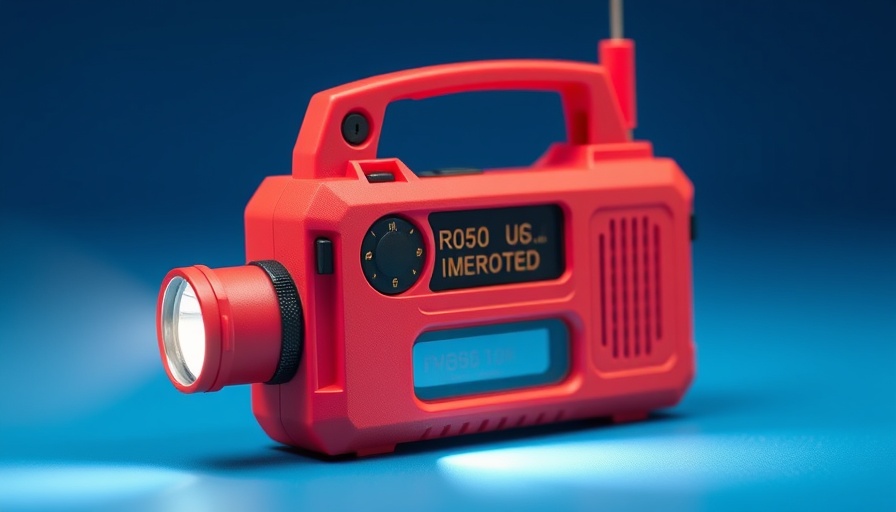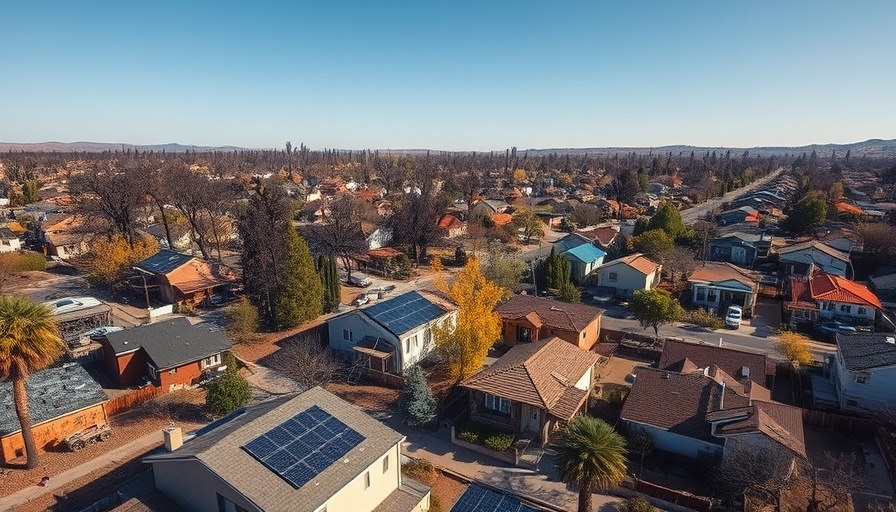
Understanding Boil Water Advisories
A boil water advisory is a critical notification issued by local health officials when there is a potential risk of contamination in the municipal water supply. It serves as a warning to protect public health, informing residents that their tap water may harbor dangerous pathogens like bacteria, viruses, and parasites, posing a significant health risk if consumed without proper treatment. Common causes for these advisories include water main breaks, loss of water pressure, and environmental disasters such as heavy rains or flooding that can overwhelm treatment systems.
Boiling Water: The Gold Standard
When it comes to ensuring safe drinking water, boiling is unanimously regarded as the most effective method. Water must reach a rolling boil and be maintained at this temperature for at least one minute to effectively kill pathogens. For individuals at higher elevations, additional precaution is warranted: boiling for up to five minutes is recommended due to lower boiling temperatures at elevated altitudes. This high-temperature treatment denatures proteins and disrupts microbial cell walls, ensuring the elimination of harmful microorganisms.
Disinfecting with Bleach: A Controversial Alternative
In some emergencies when boiling is not an option—such as during power outages—households may turn to bleach as a quick solution to purify water. However, using bleach must be done carefully and knowledgeably. The primary requirement is to use standard household liquid bleach, which contains sodium hypochlorite. The proper method involves mixing a precise amount into water, typically around 8 drops of unscented bleach per gallon of water, and waiting a minimum of 30 minutes before consuming it. This method is recognized as an emergency treatment but should not replace boiling when that option is available.
Bleach Safety: Risks and Recommendations
While disinfecting with bleach is deemed safe if done correctly, there are inherent risks. Overuse or improper concentration can lead to adverse health effects, including nausea or other gastrointestinal issues, and may not fully eliminate all pathogens. Safety experts urge individuals to only use bleach in urgent situations where boiling is unfeasible, highlighting that bleach is not always effective against all types of protozoan parasites, which can survive in treated water.
Community Preparedness For Emergencies
California homeowners, particularly in urban and suburban areas, should consider emergency preparedness as a crucial aspect of home ownership. Familiarizing oneself with local water safety protocols, conducting regular maintenance on home plumbing systems, and having supplies like bleach and a manual for emergency procedures can be invaluable during a crisis. The unpredictable nature of natural disasters serves as a reminder to stay informed and prepared.
Seeking Alternatives: UV Light and Filtration
For those concerned about the safety of their drinking water, alternatives to boiling and bleach disinfection are available. UV light purification systems, which utilize ultraviolet exposure to eliminate pathogens, and water filtration systems designed to remove bacteria, viruses, and protozoa can serve as effective and safe solutions. These technologies present homeowners with modern options for maintaining a safe and healthy water supply.
Contributing Factors and Health Considerations
Residents must understand that the risk of water contamination can be influenced by factors beyond their control, including aging infrastructure and the effects of climate change leading to extreme weather conditions. Moreover, people with weakened immune systems, young children, and the elderly are particularly vulnerable to waterborne diseases. As such, it’s essential for these groups to have emergency plans and alternative sources of clean water ready in case of a boil water advisory.
Conclusion: Stay Informed, Stay Safe
During times of uncertainty, such as a boil water advisory, understanding your options can make a critical difference in protecting your health. While boiling your water remains the safest method for disinfection, knowledge about the safe use of bleach and alternative purification methods can prepare you for emergencies. We encourage all homeowners to stay informed about water quality challenges and proactively engage in emergency preparedness. Embrace safety and knowledge as essential components of your home health strategy.
 Add Row
Add Row  Add
Add 




Write A Comment